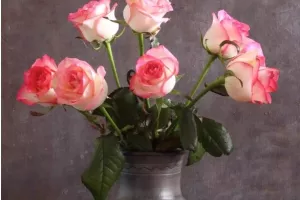Speaking of tulips, maybe your first reaction is the Netherlands, but in fact, tulips were first discovered in Central Asia and Turkey. In the 16th century, they were brought from Turkey to the Netherlands and quickly became popular. Today, many tulips are planted in the Netherlands, but not many people know their origin in Turkey.
In the long history, tulips have been favored in Turkey. In the works of masters, it constantly appears in literary and artistic works such as poetry, painting, songs, and calligraphy. Tulip patterns often appear as important decorations in palaces, temples, and other buildings, and even on the robes of Sudan (the monarch of the Ottoman Empire).
The English word tulip was born out of the word "tullent" in Turkey, which means "headscarf". This is because the buds of tulips are like headscarves. To highlight Turkey's position as the origin of tulips, a "Tulip Festival" is held in Emiegan Park in Istanbul from April to May every year to exhibit various varieties of tulips cultivated at home and abroad and hold art performances for 20 days.
There are early, middle, and late blooming tulips. They have a variety of bright colors, including white, yellow, pink, red, black, purple, orange, two-color and so on. There are also many mixed colors too, which are beautiful and eye-catching.
Later generations often use tulips to express love. For example, black tulips express melancholy love, which often symbolizes the love that you can’t have; The white tulip symbolizes pure and lofty love, which is as pure as white flowers without any impurities. Red tulips represent joy and warm love, like a flame, burning the lover's heart; There is also a special color, purple tulip, which symbolizes loyalty and nobility and conveys loyal love.


